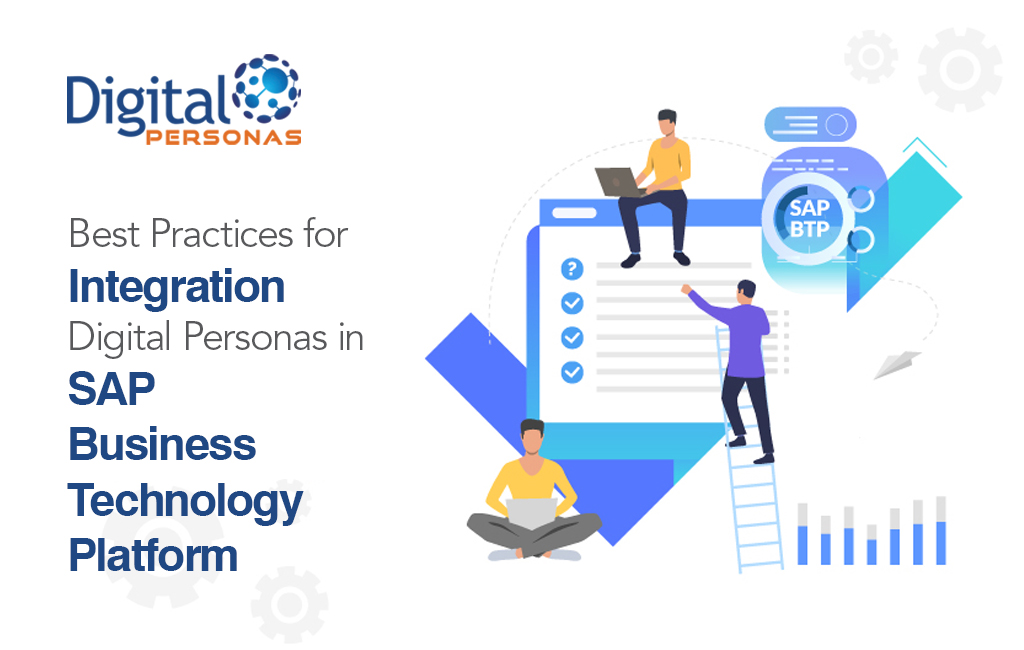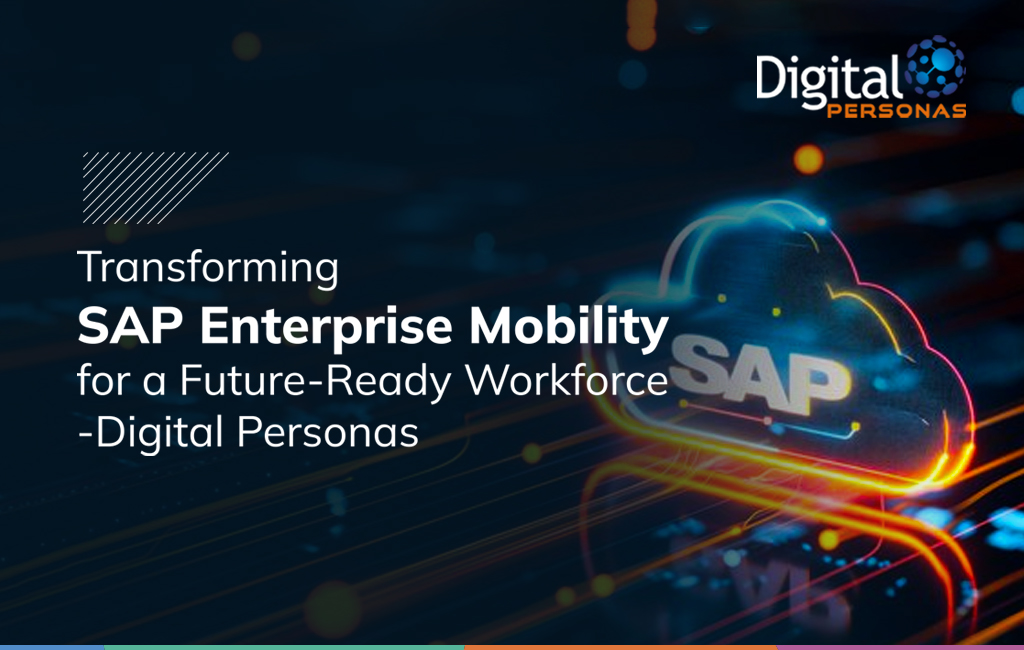Simplify Your SAP S/4HANA Transition Expert Insights from Digital Personas

Are you considering an SAP S/4HANA migration?
Transitioning from legacy systems to SAP S/4HANA is a transformative step for organizations aiming to stay competitive in a dynamic business landscape. But where should you begin to ensure a smooth migration? This checklist is your ultimate guide for a successful SAP S/4HANA migration journey.
Let’s know why Migrate to SAP S/4HANA:
SAP S/4HANA offers unparalleled benefits such as real-time analytics, simplified data models, and enhanced operational efficiency. Migrating to this intelligent ERP system can empower businesses to optimize their digital core and embrace innovation seamlessly.
Pre-Migration Assessment and Planning
A successful SAP S/4HANA migration begins with a robust assessment phase.
Evaluate Current Systems: Conduct a detailed analysis of your existing SAP landscape, including hardware, software versions, and customizations.
Define Business Objectives: Align migration goals with your strategic business initiatives to ensure the transformation drives measurable business impact.
Select Deployment Model: Choose between on premise, cloud, or hybrid based on your infrastructure preferences and long-term digital strategy.
Involve Key Stakeholders: Engage SAP Consultants, business leaders, and IT teams for collaborative planning and decision-making.
Resource Allocation: Ensure appropriate staffing, skillsets, and technical resources are allocated for each migration phase.
Risk Assessment: Identify potential risks and prepare mitigation strategies for minimal business disruption.
Data Cleansing and Preparation
Data integrity is critical for a seamless SAP S/4HANA migration.
Eliminate Redundant Data: Identify and remove obsolete data to prevent unnecessary data load.
Standardize Data Formats: Ensure consistency across datasets for seamless integration.
Data Quality Tools: Leverage SAP Data Services and Information Steward for data validation and cleansing.
Backup Important Data: Implement a secure data backup and recovery strategy to avoid data loss during migration.
Data Archiving: Archive historical data that may not be required in the new system but should be retained for compliance purposes.
System Conversion or Greenfield Approach
Choose the right migration strategy tailored to your business needs:
Greenfield (Fresh Implementation): Best for businesses seeking a complete digital transformation with standardized processes and minimal legacy customizations.
Brownfield (System Conversion): Ideal for businesses wanting to retain existing processes and data structures while upgrading to SAP S/4HANA.
Hybrid Approach: A blend of Greenfield and Brownfield strategies, often used for phased migrations with a mix of old and new processes.
System Conversion Tools: Utilize SAP’s Software Update Manager (SUM) and Database Migration Option (DMO) tools to streamline the technical migration process.
Engage Expert SAP Consultants
Collaborating with experienced SAP Consultants from Digital Personas (DP) ensures expert guidance throughout your migration.
Expertise in SAP Implementations: DP’s certified SAP Consultants specialize in end-to-end migration services, minimizing risks and disruptions.
Proven Methodologies: Leverage industry-best practices, including SAP Activate, for minimal disruption during the transition.
Continuous Improvement: Gain insights into SAP S/4HANA’s continuous improvement model for ongoing system optimization.
Project Governance: Benefit from structured project governance models to ensure accountability and milestones alignment.
Custom Code Optimization
Migrating to SAP S/4HANA often involves code adjustments due to the shift to a simplified data model.
Identify Custom Codes: Use SAP Readiness Check and ABAP Test Cockpit tools to detect custom code incompatibilities.
Simplify Code: Refactor or eliminate unnecessary customizations to align with standard SAP best practices.
ABAP Code Adjustments: Ensure ABAP code is optimized for SAP HANA’s in-memory architecture for enhanced performance.
Code Documentation: Maintain detailed documentation for all custom code adjustments for long-term maintainability.
Automated Code Remediation: Leverage tools like SAP Business Scenario Recommendations for automated code analysis and correction.
Testing and Validation
Rigorous testing is critical to ensure the integrity of your SAP S/4HANA environment before go-live.
Unit Testing: Validate the functionality of individual modules and components.
Integration Testing: Ensure seamless data flow between integrated systems and modules.
User Acceptance Testing (UAT): Engage end-users to validate system readiness and gather feedback.
Performance Testing: Assess system speed, reliability, and capacity under peak loads.
Regression Testing: Confirm that new implementations haven’t disrupted existing functionalities.
Training and Change Management
A well-trained workforce is crucial for a successful SAP S/4HANA migration.
Role-Based Training: Tailor training programs to match specific user roles and responsibilities.
Change Management Strategies: Communicate the benefits and implications of SAP S/4HANA adoption clearly to all stakeholders.
Knowledge Transfer: Provide extensive documentation and resources to empower internal teams.
Digital Adoption Platforms: Consider tools like SAP Enable Now to deliver in-application guidance and support.
Go-Live and Post-Migration Support
A successful migration extends beyond go-live with ongoing monitoring and optimization.
Final System Check: Perform a comprehensive quality assurance check to confirm system readiness.
Post-Go-Live Support: Leverage DP’s SAP Services for continuous support, system health checks, and performance optimization.
Performance Monitoring: Implement SAP Solution Manager for proactive system monitoring and issue resolution.
Optimization Reviews: Conduct periodic system health checks and performance reviews to ensure optimal functionality.
User Feedback: Collect feedback from end-users for continuous improvement.
Conclusion: Unlock the Full Potential of SAP S/4HANA with Digital Personas
Migrating to SAP S/4HANA is a strategic transformation that can redefine your business’s digital core. By following this comprehensive migration checklist and partnering with Digital Personas, you can ensure a seamless, risk-mitigated transition with expert guidance every step of the way.
Ready to embark on your SAP S/4HANA migration journey? Contact Digital Personas today and empower your business for the future with expert SAP Consultants by your side.







